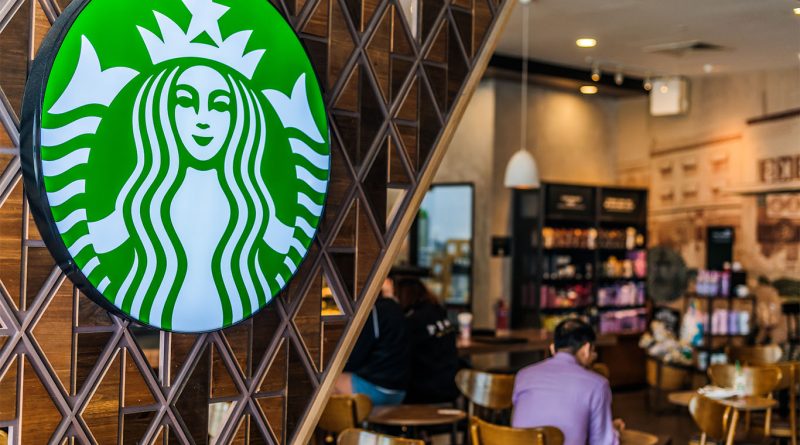Starbucks closures in New York reflect deeper urban retail rebalance
Subscribe to our free newsletter today to keep up to date with the latest food industry news.
Starbucks’ decision to abruptly close dozens of locations across New York City has reverberated far beyond its own balance sheet. For consumers, baristas, real estate players and competing food businesses, the fallout speaks to a broader recalibration in urban food and beverage strategy.
Independent operators eye Starbucks’ real estate vacuum
With Starbucks pulling back, independent coffee chains and neighborhood cafés are positioning themselves to capture displaced foot traffic. In many neighborhoods, a Starbucks exit leaves a high visibility void that is often strategically located near transit, footfall and retail clusters. Local operators may move in, leveraging smaller operating costs, niche offerings and stronger local reputation.
The contraction also gives rise to more diversity in coffee formats. Grab and go kiosks, specialty roasters and mobile takeaway-only models become more viable. That trend aligns with Starbucks’ own pivot toward fewer but more curated, experiential locations. In neighborhoods where foot traffic is weaker, independents may find new breathing room to expand.
Beyond coffee, the ripple extends to adjacent food formats. Many Starbucks shops also function as light food hubs with sandwiches, pastries and breakfast items. Their absence will drive customers to alternate convenience options. Fast casual chains, local delis, bodegas and delivery platforms may benefit from demand for portable breakfast and snack offerings in areas formerly anchored by Starbucks.
In districts dense with office and commuter traffic, food halls and ghost kitchen operators may experiment with filling gaps left by Starbucks’ exit, particularly in transit hubs, mixed use developments and high footfall corridors.
Labor and legal friction complicate the transition
The abrupt nature of the closures has generated backlash from landlords and city regulators alike. New York officials have flagged potential violations of the city’s labor laws, which require that employees from closed locations be offered transfer opportunities to stores in the same borough. Starbucks has been given a deadline to explain its compliance plan.
Workers at affected cafés may receive severance or relocation options. But uncertainty lingers, particularly in unionized or high cost locations where alternatives may be limited.
For Starbucks itself, the strategy is a gamble. By reducing density, the company bets on stronger performance from fewer stores that justify higher design, service or experiential investment. But pruning spots that seem underperforming now could also reduce brand touchpoints and alienate habitual customers or partners.
A changing role for chains in the urban food economy
Despite the shock of abrupt closures, what is unfolding in New York is less a retreat than a recalibration. The real estate footprint is shrinking while strategic presence deepens. In that shift lies a test. Can the coffee and food ecosystem adapt, or will Starbucks’ withdrawal become an opening act for new players in the city’s evolving foodscape?
Sources
